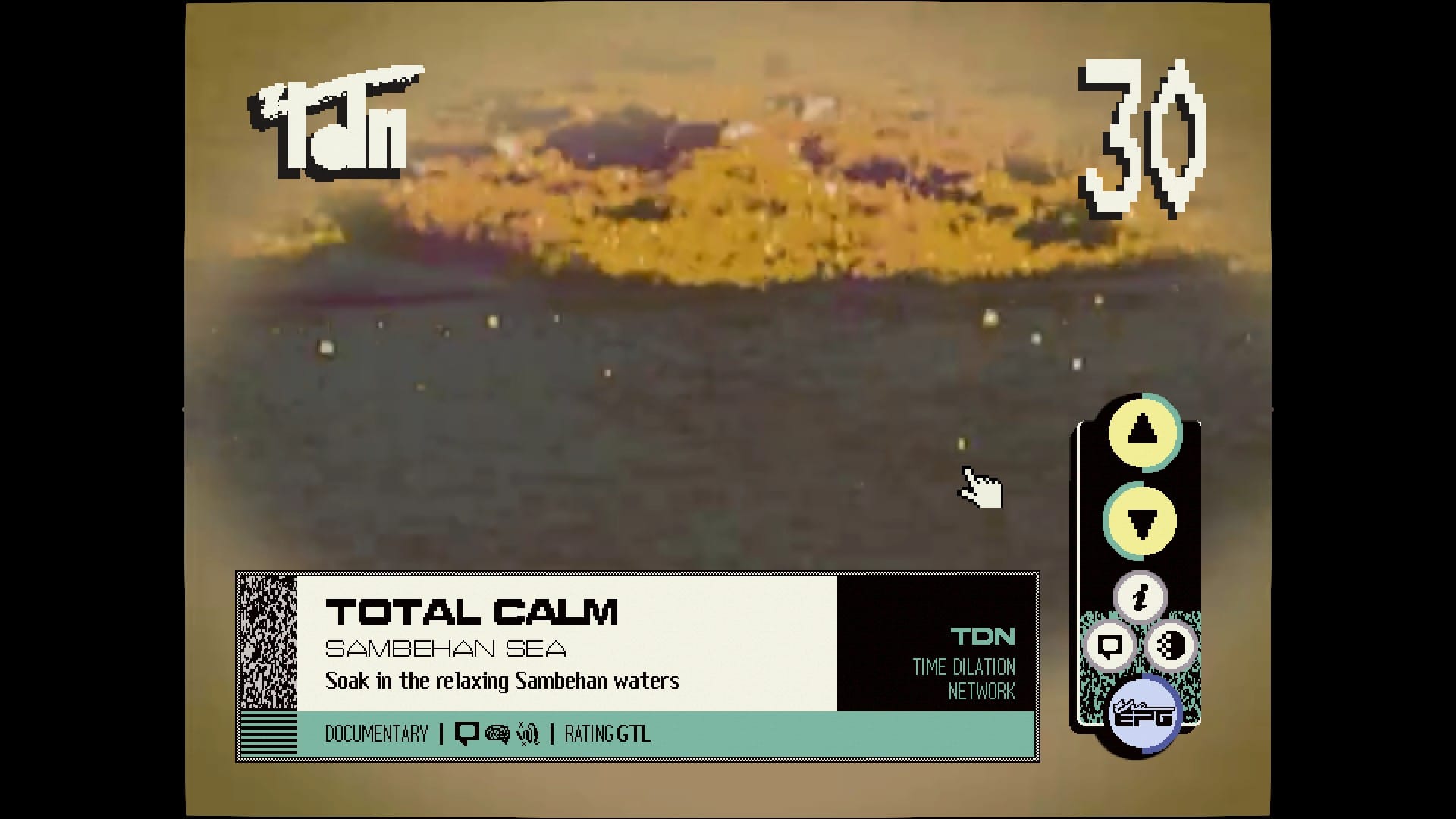Games that reward your time are few and far between nowadays. With a mountain of grind-heavy collect-a-ton experiences out there, so when a short but extremely sweet game like The Gardens Between comes along, it’s bound to raise some eyebrows. It’s a puzzler that plays with time travelling and doesn’t go too out of its way in terms of gameplay. It’s short and sweet, concise, and most importantly, it’s really good.
It tells the story of two best friends who are warped to a strange world that behaves quite strangely to their presence, shifting time back and forward depending on their movement. The crux of playing The Gardens Between is using that ability to your advantage in order to manipulate the environment and guide both protagonists to the end. The girl character can hold a lamp which has to be lit and taken to the exit in order for levels to be completed, while the boy, in turn, can use switches that have the power to activate different effects on the levels, as well as cause some objects to move.

Each world in The Gardens Between consists of a certain number of levels, and after you complete them, you get a short vignette that shows an aspect of the two friends’ relationship that’s tied to the overall design of the world. Every level is a spiral that they climb together, and as the worlds are finished, a towering structure in the middle of the map is powered up, where the game basically ends.
Although the gameplay rules to The Gardens Between are quite simple, only giving you a single button to press and two directions in which to move, developer The Voxel Agents has managed to inject plenty of depth in the two or so hours of content that the game comprises. One use of your time shifting powers in particular comes to mind when approaching how creative things can push you towards solving a certain puzzle by making use of thunderbolts from a raging storming you move across in order to break an obstruction apart, which in turn splits the pair up allowing you to get to a later section of the level.

As for the level design, the overall presentation of the game seems to deeply influence the things you have to do in order to get to the end, like the stage where there’s a game console that spits the fire that powers the girl’s lamp that can only function if you connect it to a power socket, but not before getting a spark to hit that source of electricity. The result of finishing that level is getting to see both protagonists enjoying a lazy day playing games as a memento of their friendship. Moments like that help build a segmented story to their relationship that needs no words to convey just how special they are to one another.
Visually, The Gardens Between can be extremely colorful at times, as well as very muted. There’s not a whole lot of realistic detail to any of it, but thanks to its beautiful art direction, everything ties together quite well in a polygonal papercraft visual style that’s very striking and somewhat unique, especially when compared to other similar, more narrative-focused puzzle games, which tend to try to apply exposition to their design as you play them. In this game’s case, the story is also built as you play, but sees its conclusion in a linear way that doesn’t require a whole lot of sleuthing on your part.

The only blemish I feel that needs to be pointed out is how the game tends to get a little hard to see when playing it via the Switch’s handheld mode, which can make elements on screen a bit too small and hard to keep a track of. But thanks to the breezy nature of play, that never quite became a frustration.
I’m constantly surprised by how some indie developers are able to limit their focus and creative quick, tightly designed experiences like The Gardens Between. It’s an incredibly charming and well designed puzzle game that doesn’t overstay its welcome. Even though it does not offer any replayability, its journey is well worth taking, and it’s a great pick up for anyone looking for a friendly challenge on whatever platform they might happen to own.




